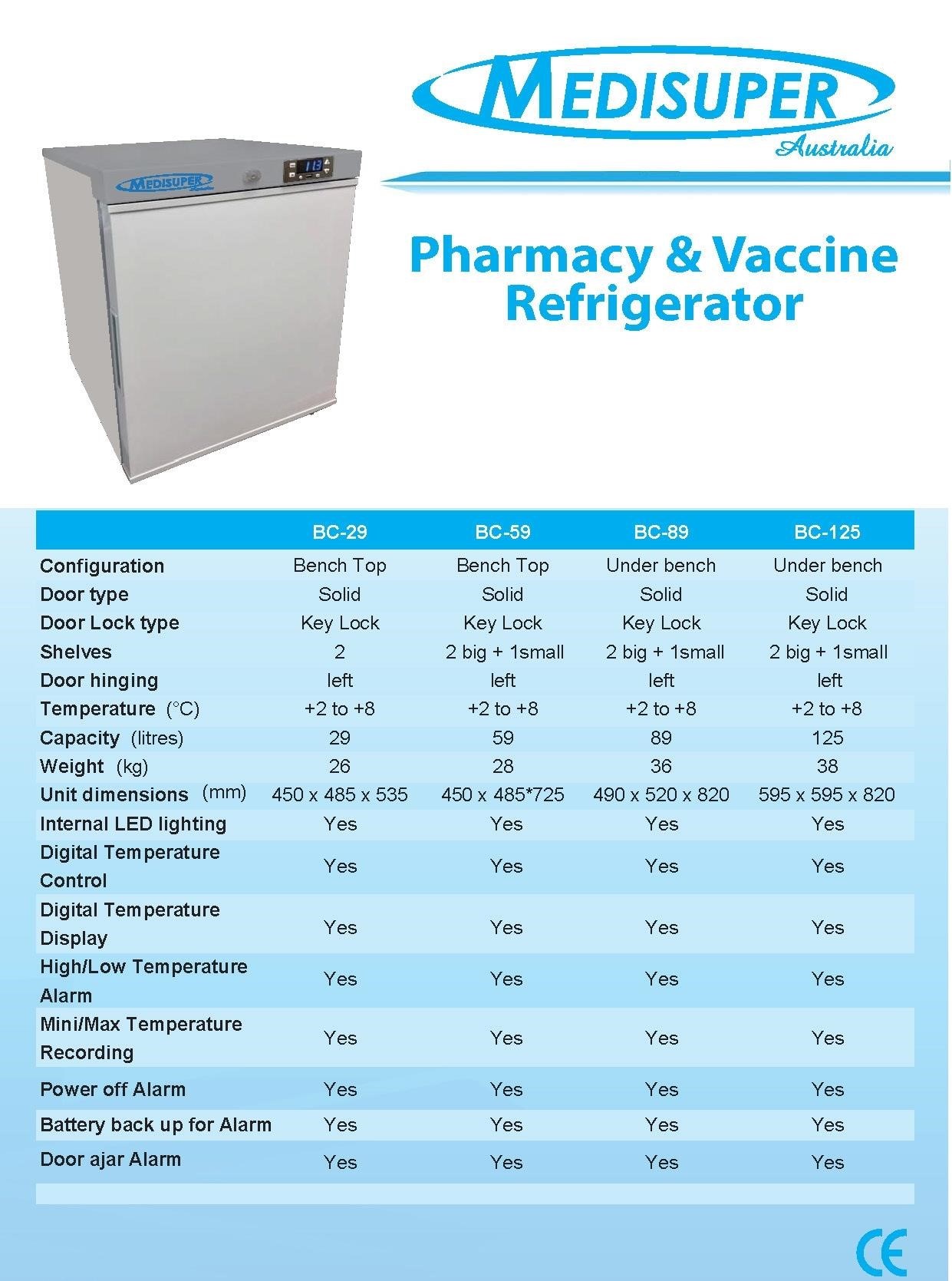Cuisinart Auto Grind and Brew Manual⁚ A Comprehensive Guide
This comprehensive guide covers various Cuisinart Grind & Brew models‚ detailing their features‚ specifications‚ and functionalities․ It provides step-by-step instructions for brewing‚ cleaning‚ troubleshooting‚ and safety precautions․ Manual downloads and warranty information are also included for user convenience․
Cuisinart’s Grind & Brew coffee makers offer a seamless blend of convenience and quality‚ allowing you to enjoy freshly ground coffee with minimal effort․ These machines combine a built-in burr grinder with a brewing system‚ eliminating the need for separate grinding and brewing processes․ The range includes various models‚ each with unique features catering to different needs and preferences․ Some models‚ like the DGB-625BC‚ boast advanced programmability and thermal capabilities for maintaining optimal coffee temperature․ Others‚ such as the DGB-500‚ provide a simpler‚ straightforward brewing experience․ Regardless of the model‚ all Cuisinart Grind & Brew machines prioritize ease of use and consistent brewing results․ The user-friendly interface and straightforward design make them accessible to both novice and experienced coffee enthusiasts․ Key differences among models often include capacity‚ thermal functionality‚ and additional features like programmable timers and adjustable grind settings․ Understanding these distinctions is crucial for selecting the model that best suits your individual requirements and brewing style․ This guide will explore these models in detail to assist you in finding your perfect match․
Key Features Across Different Models
While specific features vary across Cuisinart Grind & Brew models‚ several core functionalities are consistently present․ A hallmark feature is the built-in burr grinder‚ renowned for its ability to produce uniformly ground coffee beans‚ resulting in optimal flavor extraction during brewing․ Most models offer adjustable grind size settings‚ allowing you to customize the coarseness of your grind to match your preferred brewing method and desired coffee strength․ The capacity of the water reservoir and bean hopper differs between models‚ catering to individual needs and household sizes; Some models boast a larger capacity‚ ideal for larger households or frequent coffee consumption‚ while others offer a more compact size for smaller kitchens or individual use․ Many models incorporate a programmable timer‚ enabling you to set the brewing time in advance and wake up to the aroma of freshly brewed coffee․ Thermal technology is another key feature found in some models‚ ensuring that your coffee remains at the ideal temperature for an extended period․ Additionally‚ many include a self-cleaning function to simplify maintenance․ These key features contribute to the overall user-friendliness and efficiency of the Cuisinart Grind & Brew coffee makers‚ regardless of the specific model chosen․
DGB-625BC⁚ Specifications and Functionality
The Cuisinart Grind & Brew DGB-625BC is a 12-cup automatic coffee maker designed for coffee enthusiasts who appreciate the convenience of grinding and brewing in a single appliance․ Its prominent feature is the integrated burr grinder‚ ensuring a consistently even grind for optimal coffee extraction․ This model offers programmable functionalities‚ allowing you to customize the brewing time to suit your schedule․ The DGB-625BC’s specifications include a sizable water reservoir‚ capable of handling 12 cups of coffee‚ suitable for larger households or gatherings․ The machine’s user-friendly interface simplifies operation‚ and its intuitive controls make it easy to navigate through the various settings․ A removable filter basket simplifies cleaning‚ facilitating quick and easy maintenance․ The DGB-625BC also incorporates safety features to prevent accidents and ensure longevity․ The durable construction ensures reliability and long-lasting performance․ Detailed specifications regarding power consumption‚ dimensions‚ and weight are available in the product manual․ Online resources provide additional information regarding troubleshooting and maintenance procedures․ Customer reviews consistently praise its ease of use‚ consistent brewing‚ and the quality of the final product․
DGB-600 Thermal Model⁚ User Manual and FAQs
The Cuisinart Grind & Brew Thermal DGB-600 user manual provides comprehensive instructions for operating this 10-cup automatic coffee maker․ It details the setup process‚ explaining how to add water‚ coffee beans‚ and properly position the filter basket․ The manual guides users through programming the brew strength and time‚ allowing for customized coffee preparation․ Step-by-step instructions for cleaning and maintenance are included to ensure the longevity of the machine․ Troubleshooting sections address common issues‚ such as brewing errors or malfunctions‚ offering solutions to resolve these problems․ Frequently Asked Questions (FAQs) address common user queries‚ clarifying aspects of operation and maintenance․ The FAQs section often clarifies the usage of the thermal carafe‚ explaining its benefits in maintaining coffee temperature․ Information on descaling the machine is typically included‚ highlighting the importance of regular cleaning for optimal performance․ The user manual emphasizes safety precautions‚ advising users to handle the machine with care‚ particularly around hot surfaces․ Detailed diagrams visually guide users through the various steps‚ enhancing understanding․ The manual also provides contact information for customer support‚ should any further assistance be required․
DGB-500 Model⁚ User Manual and Troubleshooting
The Cuisinart Grind & Brew DGB-500 user manual offers a detailed guide to using this coffee maker․ It begins with unpacking instructions and safety precautions‚ emphasizing the importance of reading the manual before operation․ The manual explains the machine’s features‚ including the built-in burr grinder and its various settings․ Detailed step-by-step instructions are provided for grinding coffee beans and brewing coffee‚ with illustrations to clarify each step․ The manual highlights the importance of using the correct amount of coffee beans and water for optimal brewing․ Cleaning and maintenance instructions are thoroughly explained‚ emphasizing the importance of regular cleaning to prevent build-up and maintain optimal performance․ A troubleshooting section addresses common problems encountered by users‚ such as brewing issues or malfunctions․ For each problem‚ potential causes and solutions are clearly outlined‚ enabling users to independently resolve issues․ If problems persist‚ the manual provides contact information for customer support‚ offering an avenue for further assistance․ The manual also includes information on warranty coverage and how to register the product․ The user manual aims to empower users with the knowledge and tools to effectively use and maintain their Cuisinart Grind & Brew DGB-500 coffee maker․
Grinding Mechanism⁚ Burr Grinder Technology
Cuisinart Grind & Brew models utilize a burr grinder‚ a superior method compared to blade grinders․ Burr grinders use two abrasive surfaces‚ typically conical or flat‚ to grind coffee beans․ This consistent grinding action ensures uniform particle size‚ crucial for even extraction during brewing․ Unlike blade grinders‚ which produce a variable grind size leading to uneven extraction and inconsistent flavor‚ burr grinders offer precision․ The even grind size produced by burr grinders results in a more balanced and flavorful cup of coffee․ The Cuisinart burr grinder is typically integrated into the machine‚ simplifying the brewing process․ Users simply add whole beans to the designated hopper‚ and the grinder automatically grinds the beans immediately before brewing․ This ensures the coffee is freshly ground‚ maximizing the aroma and flavor․ The burr grinder’s design minimizes the production of fine coffee dust‚ which can lead to bitterness and over-extraction․ The grind size may be adjustable in some models allowing users to tailor the grind to their preference‚ influencing the brewing time and coffee’s strength․ Regular cleaning of the burr grinder is important to maintain optimal performance and prevent build-up of coffee oils․
Brewing Process⁚ Step-by-Step Instructions
The Cuisinart Grind & Brew coffee maker simplifies the brewing process․ Begin by adding fresh‚ whole coffee beans to the integrated burr grinder․ The quantity of beans depends on the desired strength and number of cups․ Next‚ add fresh‚ filtered water to the designated water reservoir․ Ensure the water level corresponds to the desired number of cups․ Most models have clear markings for easy measurement․ Then‚ place a filter basket into the brewing chamber; some models use paper filters while others may have reusable filters․ Now‚ select your desired brew strength or settings․ This might involve choosing between different brew sizes or adjusting the grind size (if your model allows it)․ Once everything is set‚ press the start button․ The machine will automatically grind the beans (if using whole beans) and begin the brewing cycle․ The brewing time varies depending on the quantity of water and coffee used․ Many models include a carafe to keep the brewed coffee warm for an extended period․ Once brewing is complete‚ carefully pour and enjoy your freshly brewed coffee․ Always refer to your specific model’s instruction manual for detailed steps and specifications as there might be slight variations between models․
Cleaning and Maintenance⁚ Best Practices
Regular cleaning is crucial for maintaining optimal performance and extending the lifespan of your Cuisinart Grind & Brew coffee maker․ After each use‚ discard used coffee grounds and rinse the filter basket thoroughly․ For models with removable parts‚ such as the water reservoir and carafe‚ hand-wash them with warm‚ soapy water․ Avoid abrasive cleaners or scouring pads‚ as these can damage the surfaces․ The grinder mechanism requires occasional cleaning to prevent coffee bean buildup․ Consult your user manual for specific instructions on how to access and clean the grinder․ Some models allow for easy disassembly for thorough cleaning․ Periodically‚ descale your coffee maker to remove mineral deposits that can affect taste and performance․ Use a descaling solution specifically designed for coffee makers‚ following the instructions on the product label․ Always unplug the coffee maker before cleaning and allow all parts to dry completely before reassembling and using the machine․ Regular maintenance‚ including cleaning and descaling‚ will ensure your Cuisinart Grind & Brew coffee maker continues to deliver a delicious cup of coffee for years to come․ Remember to always refer to your specific model’s instruction manual for detailed cleaning instructions․
Troubleshooting Common Issues
Encountering problems with your Cuisinart Grind & Brew coffee maker? Let’s address some common issues․ If your coffee is weak‚ ensure you’re using the correct coffee-to-water ratio and that the grinder is properly dispensing grounds․ Check for clogs in the filter basket or brewing system․ Weak coffee might also indicate the need for descaling․ If the coffee maker isn’t brewing‚ verify that it’s plugged in securely and that the power switch is on․ Inspect the water reservoir to ensure it’s filled adequately․ A faulty heating element or pump could also be the culprit; consult your user manual or contact customer support․ If the coffee tastes burnt‚ this often points to over-grinding or using coffee beans that are too old․ Adjust the grind setting or use fresher beans․ If the grinder isn’t working‚ check if beans are properly loaded․ Coffee bean jams can occur; refer to your manual for clearing instructions․ If the coffee maker leaks‚ examine the carafe and ensure it’s properly seated․ Check for any cracks or damage in the carafe or brewing chamber․ Persistent issues may require professional repair or contacting Cuisinart customer support for assistance․ Always refer to your specific model’s user manual for detailed troubleshooting steps and solutions․ Remember to safely unplug the machine before attempting any repairs․
Using Pre-Ground Coffee⁚ Considerations and Tips
While your Cuisinart Grind & Brew is designed for whole beans‚ you can use pre-ground coffee in a pinch․ However‚ keep in mind that the flavor will not be as optimal as with freshly ground beans․ The built-in burr grinder ensures consistent particle size for optimal extraction‚ a benefit lost with pre-ground coffee‚ which often contains a mix of fine and coarse particles․ For best results when using pre-ground coffee‚ choose a medium-fine grind‚ similar to what the burr grinder produces․ Avoid using extremely fine grinds‚ as this can lead to over-extraction and a bitter taste․ Conversely‚ coarse grinds might result in under-extraction and weak coffee․ Measure your pre-ground coffee carefully‚ as the consistency might differ from whole beans․ You might need to experiment to find the ideal amount for your desired strength․ When using pre-ground coffee‚ bypass the grinding mechanism entirely; add the grounds directly to the filter basket․ Remember to clean the grinder chamber thoroughly after using whole beans to prevent any residual grounds from mixing with the pre-ground coffee․ Always ensure the coffee is fresh; pre-ground coffee loses its aroma and flavor more quickly than whole beans․ Store it in an airtight container in a cool‚ dark place to maintain its quality․ Even with pre-ground coffee‚ consider factors like water temperature and brewing time for the best cup possible․
Safety Precautions and Important Warnings
Before using your Cuisinart Grind & Brew coffee maker‚ carefully read all instructions and safety precautions․ Always ensure the unit is placed on a stable‚ level surface away from sources of heat‚ water‚ and flammable materials․ Never operate the appliance with a damaged cord or plug‚ and never immerse the appliance in water or any other liquid․ Always unplug the coffee maker from the power source before cleaning or performing maintenance․ Allow the coffee maker to cool completely before handling․ Exercise caution when handling hot surfaces such as the carafe and the brewing chamber․ Use only the recommended amount of water and coffee grounds to prevent overflow or spills․ Never attempt to repair the coffee maker yourself; contact customer support for assistance with repairs or malfunctions․ Keep the appliance out of reach of children and pets․ During operation‚ the coffee maker’s components will become hot․ Avoid touching the hot surfaces to prevent burns․ Ensure proper ventilation around the appliance․ Do not operate the coffee maker if it has been dropped or damaged․ If the power cord is damaged‚ it must be replaced by a qualified technician to avoid electric shock․ Always unplug the machine before cleaning․ Use caution when handling the glass carafe‚ as it can break․ Do not fill the water reservoir beyond the maximum fill line․ Always supervise children when using the appliance․ Dispose of used coffee grounds properly․
Warranty Information and Customer Support
Your Cuisinart Grind & Brew coffee maker is protected by a limited warranty against defects in materials and workmanship under normal home use for a specified period (check your specific model’s documentation for details)․ This warranty covers parts and labor‚ but excludes damage caused by misuse‚ neglect‚ or unauthorized repairs․ To initiate a warranty claim‚ retain your proof of purchase and contact Cuisinart customer support․ Their contact information‚ including phone number‚ email address‚ and website‚ can be found on the product packaging or the official Cuisinart website․ When contacting customer support‚ have your model number readily available to expedite the process․ Cuisinart’s customer service representatives are trained to assist you with troubleshooting common issues‚ providing guidance on operation‚ and processing warranty claims efficiently․ They can also provide information on authorized service centers in your area should repairs be necessary beyond the scope of the warranty․ For prompt service‚ clearly explain the problem you’re experiencing and any steps you’ve already taken to resolve it․ Customer support aims to resolve issues quickly and ensure your satisfaction with your Cuisinart product․ Remember to check the Cuisinart website for FAQs and online troubleshooting resources before contacting support; this often resolves minor issues quickly․
Manual Downloads and Resources
Accessing your Cuisinart Grind & Brew coffee maker’s manual is straightforward․ The official Cuisinart website serves as a central repository for all user manuals‚ including those for various Grind & Brew models․ Navigate to their support or downloads section‚ usually accessible from the homepage․ You’ll typically find a search bar where you can enter your model number (located on a sticker on your machine) to locate the specific manual quickly․ The manuals are generally available as PDF files‚ allowing you to download and save a copy for easy reference․ In addition to the user manual‚ you may also find supplementary resources like troubleshooting guides‚ FAQs‚ and videos on the website․ These resources often provide additional tips and tricks to enhance your coffee-making experience and address common problems efficiently․ If you are unable to find your manual through the website‚ consider contacting Cuisinart’s customer support․ They can assist you in obtaining a copy of the manual․ Remember to regularly check the Cuisinart website for any updated manuals or supplementary resources‚ as these may be released periodically to address new features or resolve known issues․ Keeping your manual readily available ensures you can quickly consult it whenever needed․








